Electric bikes are becoming a popular option for daily commutes, and cities are investing in cycling infrastructure to encourage more people to cycle. As carbon emissions continue to rise, more people are considering the benefits of electric bikes.
The transportation sector is the largest contributor to greenhouse gas emissions, so using electric bikes can help to lower your carbon footprint.
1. Pedelec bikes
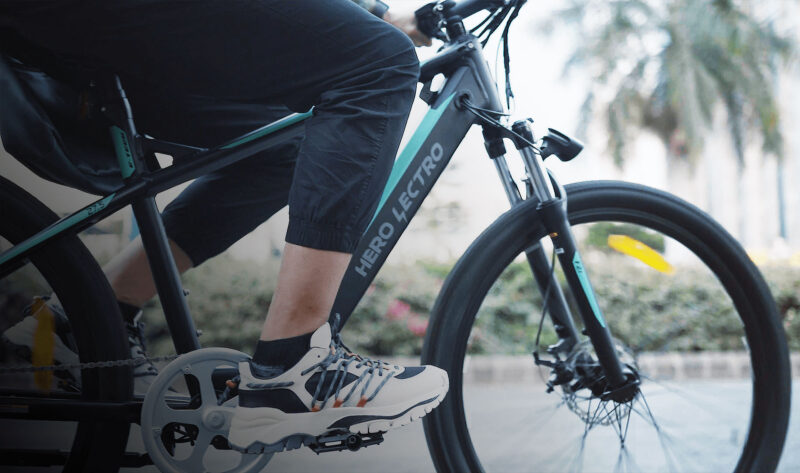
The electric bicycle has many benefits to the environment and to your health. An electric bike can go anywhere that a car cannot. It is small, lightweight, and can handle uneven terrain.
Many national parks even allow the use of e-bikes. Pedaling an e-bike can help you connect with nature and inspire you to protect the environment. It is more efficient and eco-friendly than a conventional bicycle, which is great for the environment.
Pedelec electric bikes help the environment by eliminating the need for gas. This type of bicycle is also quiet and fast. It can also be plugged into a standard electrical outlet.
2. Electric City Bike
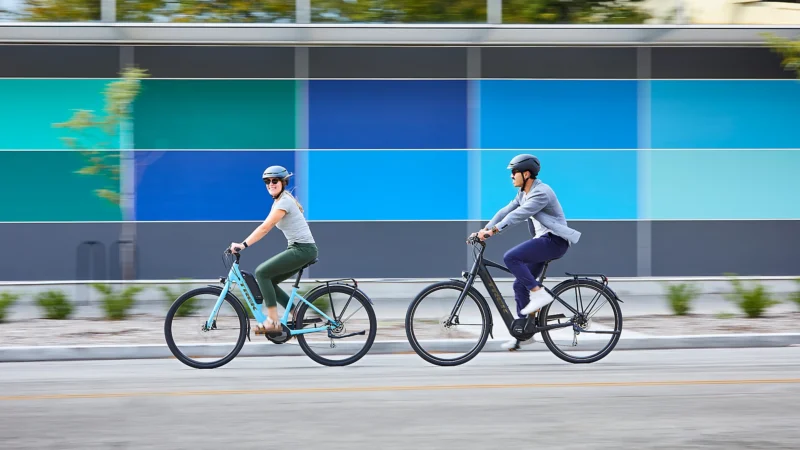
Getting around on an Electric City Bike can help the environment. Charging your e-bike during off-peak hours can cut down on the strain on the power grid and the electric company.
This way, you’ll save money on your monthly electric bill. Furthermore, you’ll use less electricity and reduce the risk of blackouts.
A Electric City Bike also helps the environment by reducing the carbon footprint associated with transport. By comparison, conventional bicycles require more physical effort and produce more carbon than e-bikes.
Using a regular bike also requires more energy, which means more calories. That means a person will need to eat more food in order to burn off those calories, which is another factor in global warming.
3. Lithium-ion rechargeable batteries
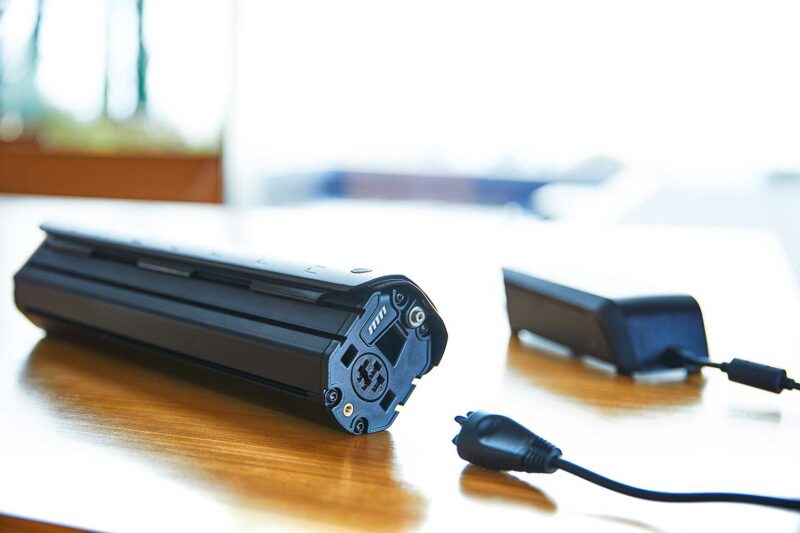
Lithium-ion batteries are the most environmentally friendly form of battery for electric bikes and can be reused and recycled several times. These batteries can be made from common metals, such as cobalt, nickel, or aluminum. However, their mining and production are both very costly and have high environmental impacts.
Lithium-ion batteries are also more durable than their lead counterparts. The energy they require to recharge is much less than the energy required by a conventional motor vehicle.
In fact, many countries have begun to use lithium-ion batteries instead of lead ones. Lithium-ion batteries also last much longer and do not produce any hazardous waste.
The mining of raw materials also causes pollution, although modern operations try to mitigate the effects. Still, dust and gas escape mines, and the energy used to operate them contributes to carbon emissions.
4. Charging during off-peak hours
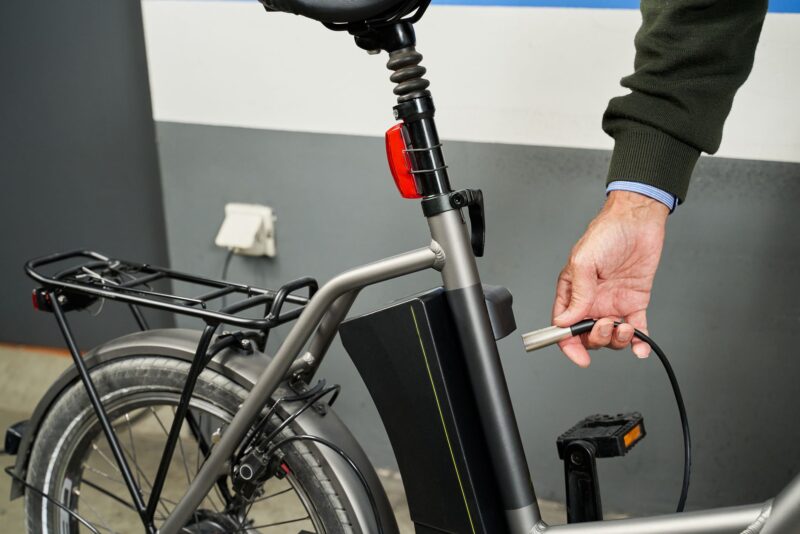
Charging your electric bike during off-peak hours will help the environment by decreasing the strain on the local power grid. The electricity generated by charging your e-bike during off-peak hours is more plentiful, which means that it will save the power company money and reduce the risk of blackouts and brownouts.
Charging your e-bike during off-peak periods will also help the economy by reducing your overall energy consumption.
Charging an electric bike during off-peak hours also helps the environment by reducing waste created from regular electricity consumption.
In addition, sustainable energy sources, like solar or wind energy, are an excellent alternative to conventional electricity. You can even use these renewable resources to charge your e-bike.
5. Air pollution from e-bikes
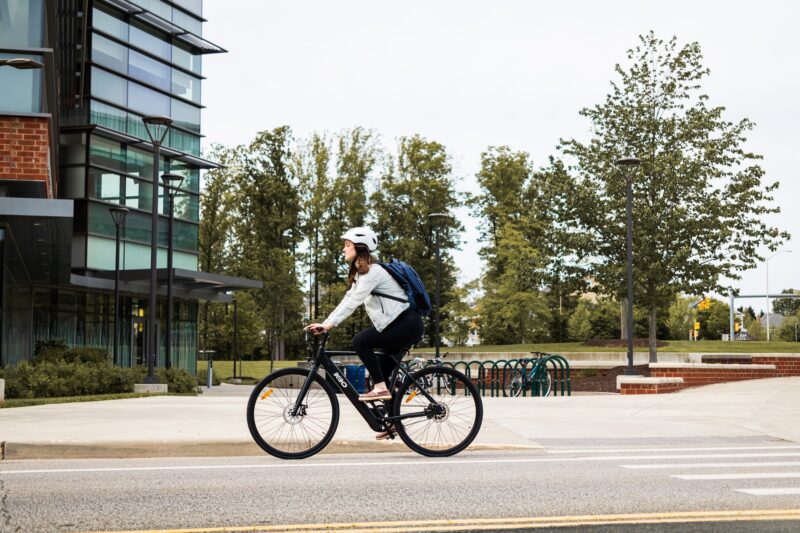
Electric bikes from a store like Scooteretti are an environmentally-friendly option to commute. They are up to six times more efficient than regular cycles. They are also safer to ride, making them an attractive option for people with health conditions.
In addition, e-bikes promote cardiovascular and mental health. By reducing the amount of road dust and noise, electric bikes can help reduce COVID.
The carbon emissions from motor vehicles are responsible for approximately 30% of air pollution, as well as 80% of carbon monoxide. Electric bikes are also much quieter than automobiles, producing almost no noise. This is a key benefit for the environment.


